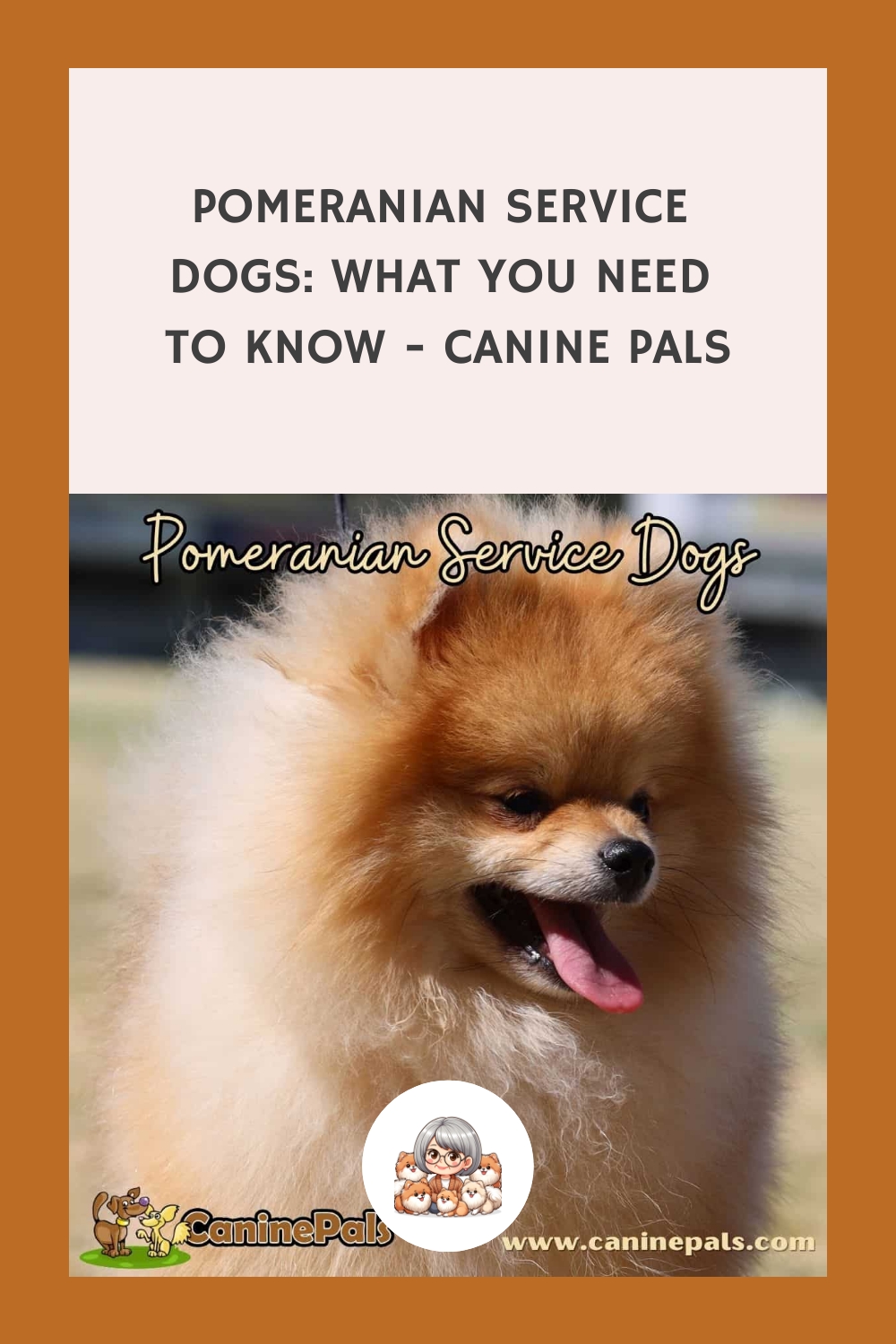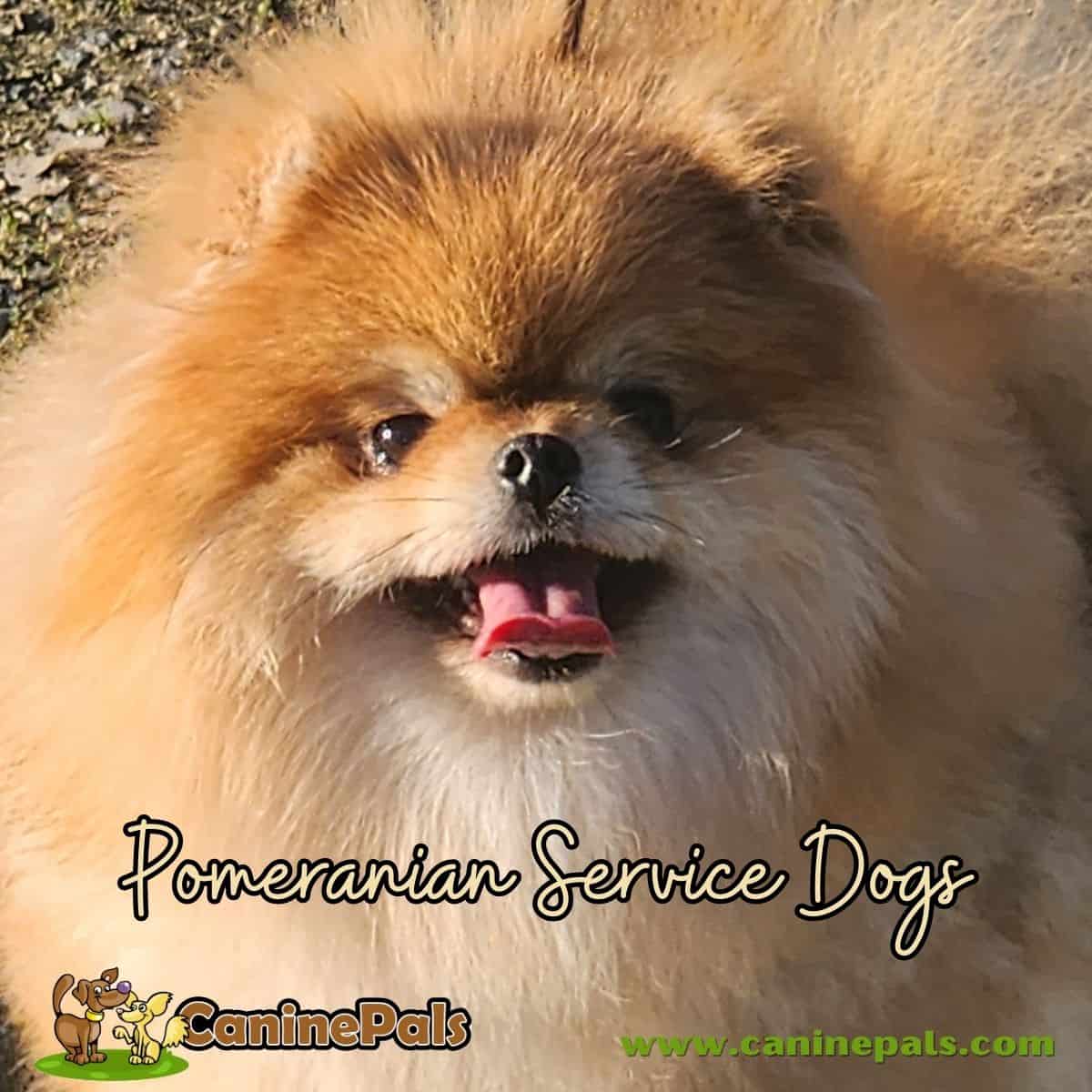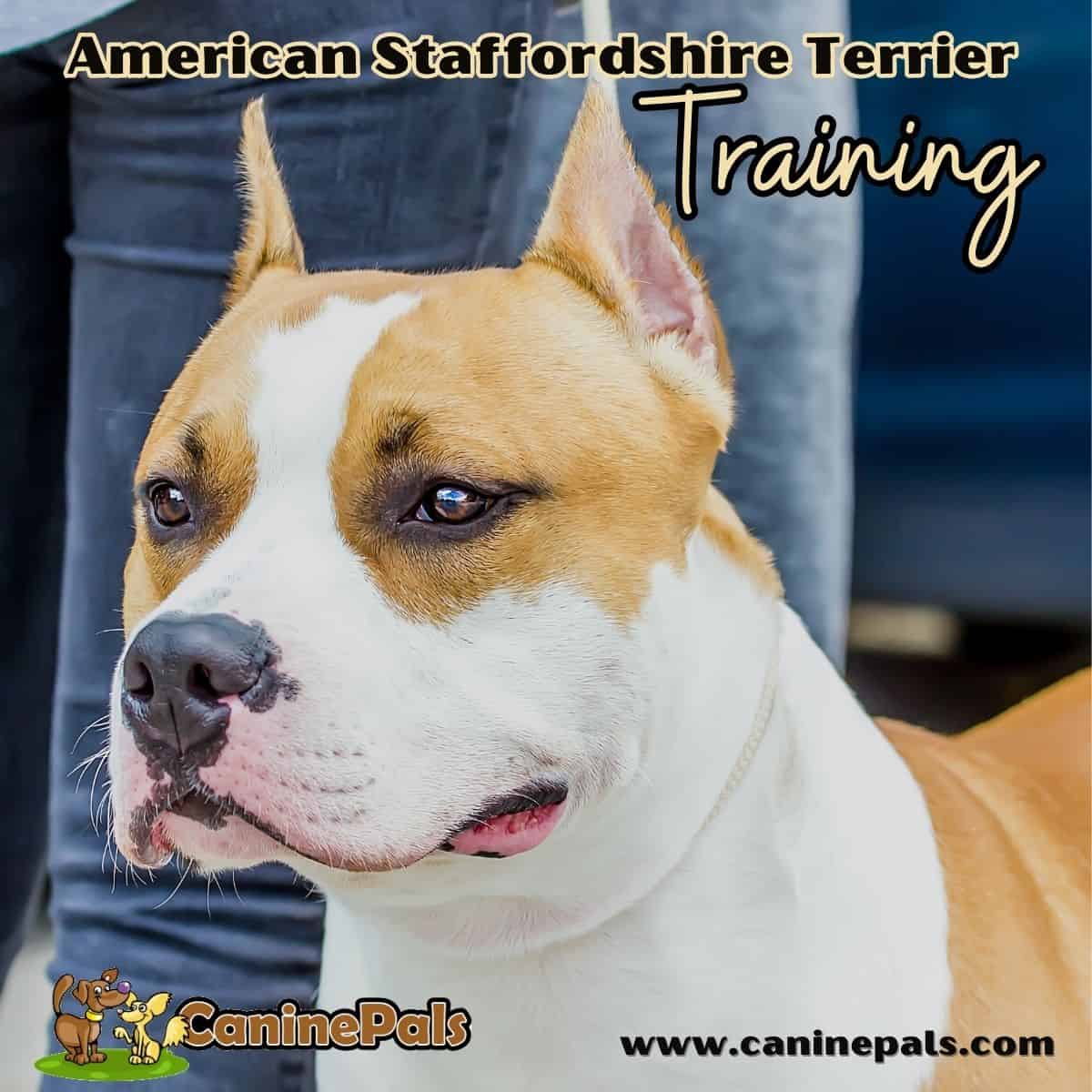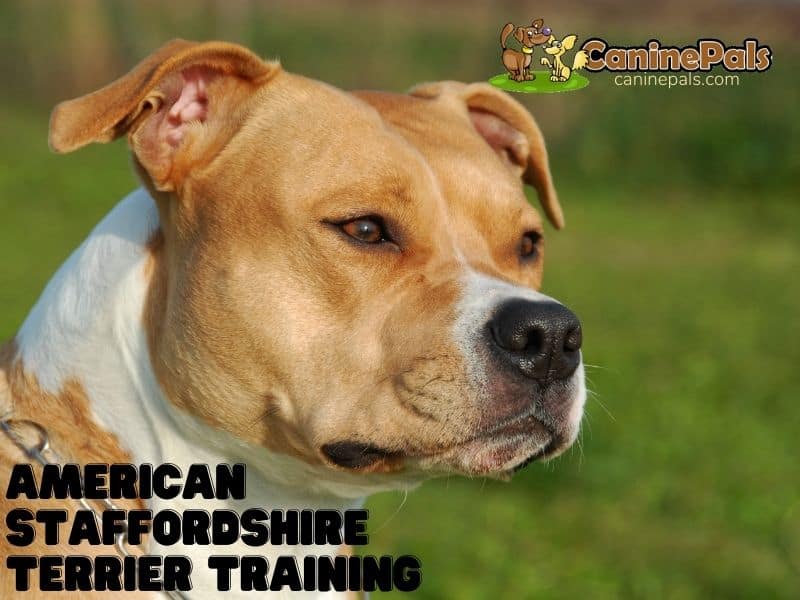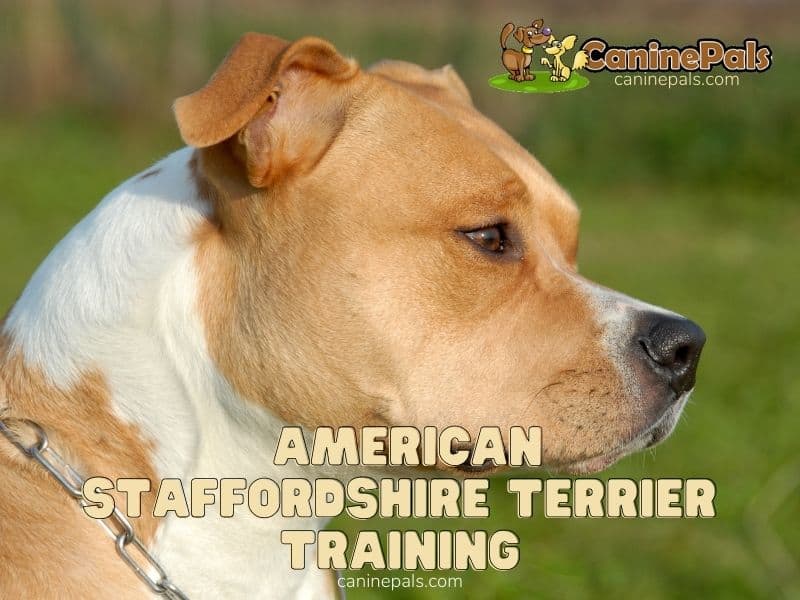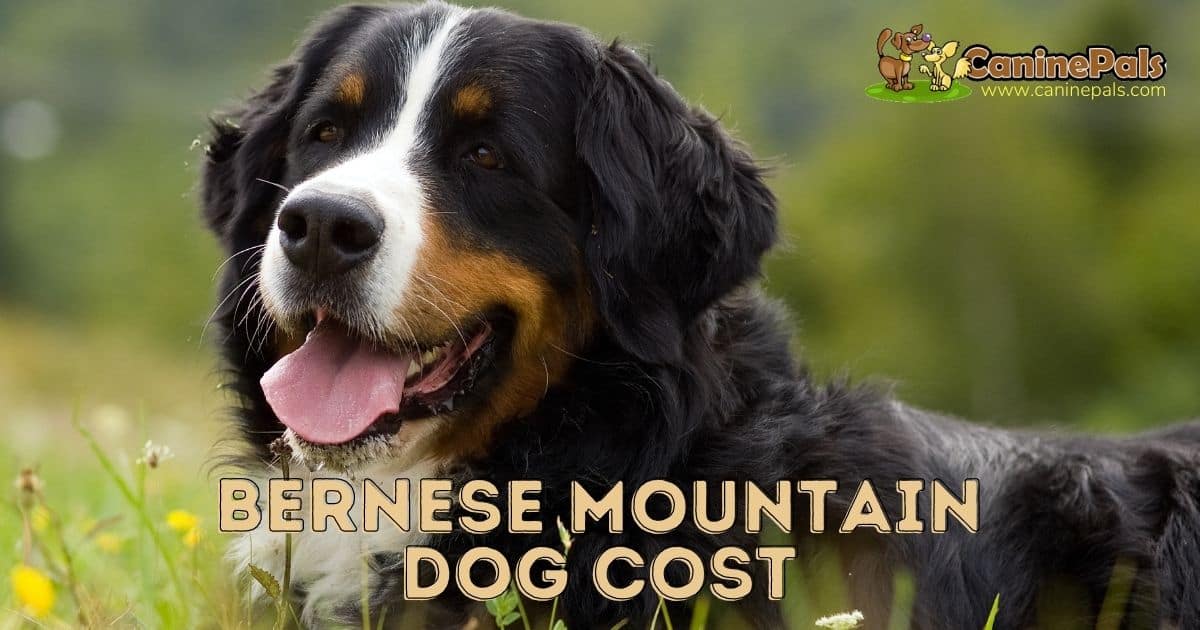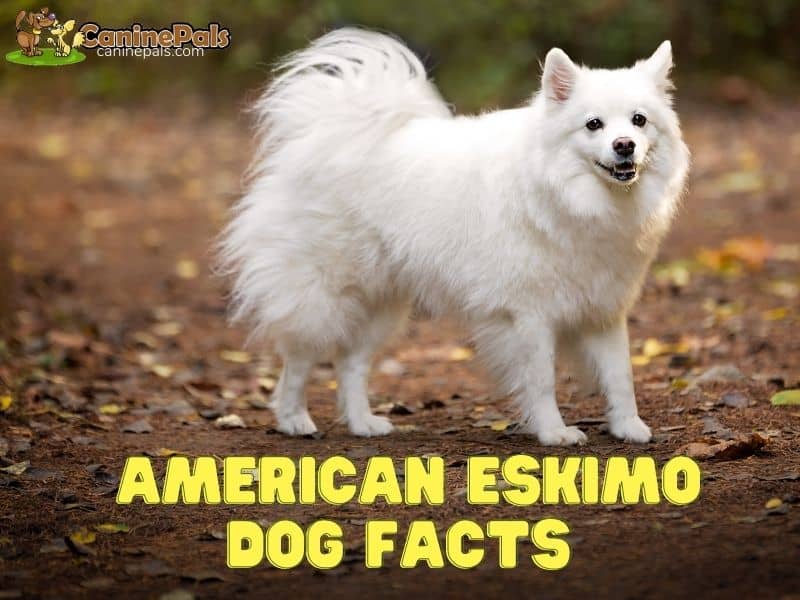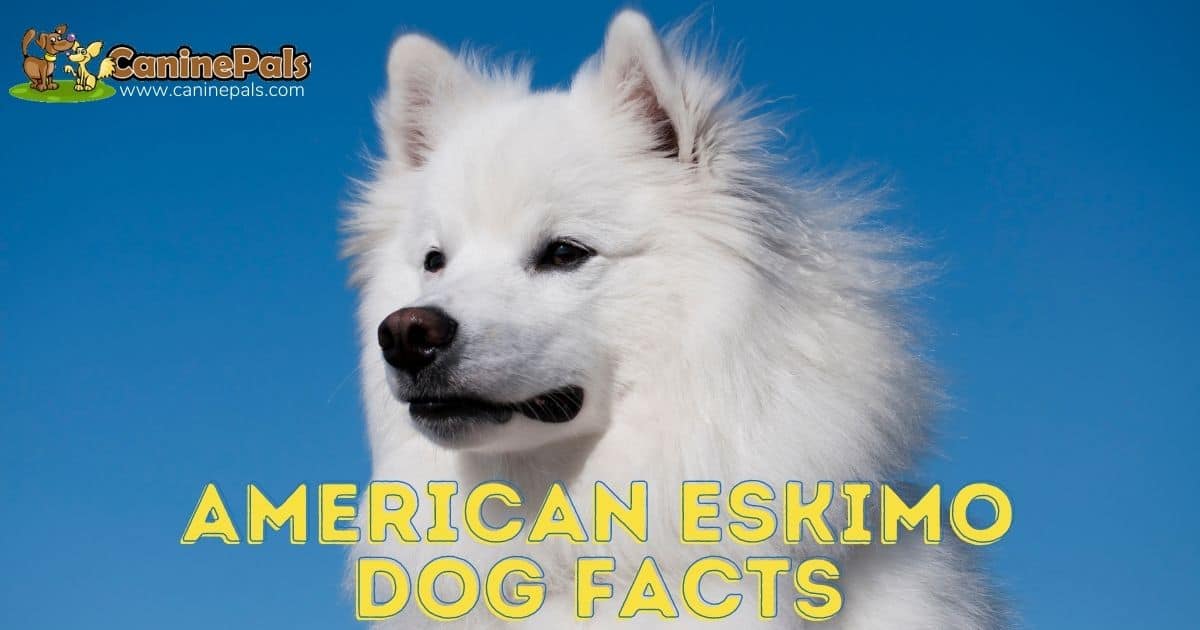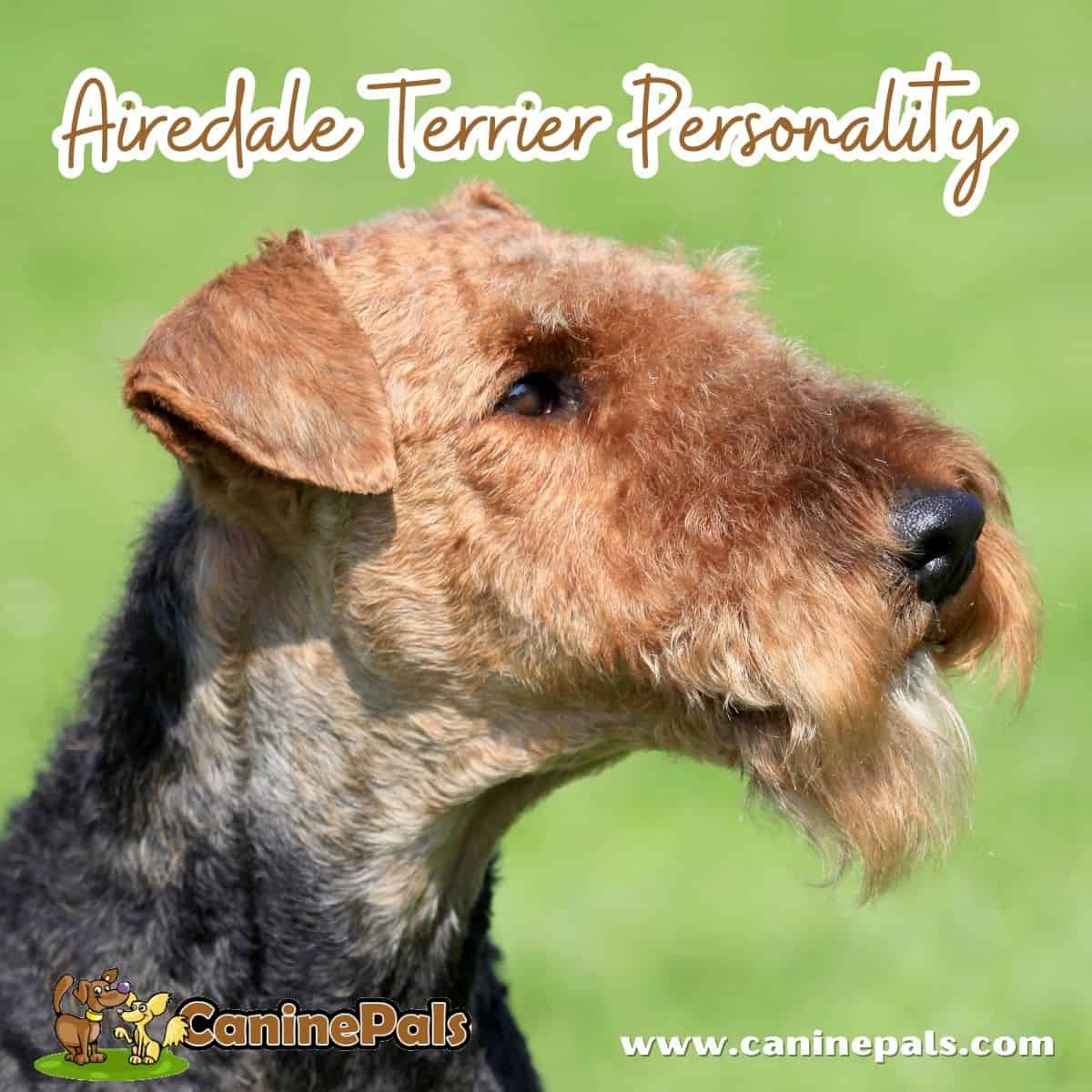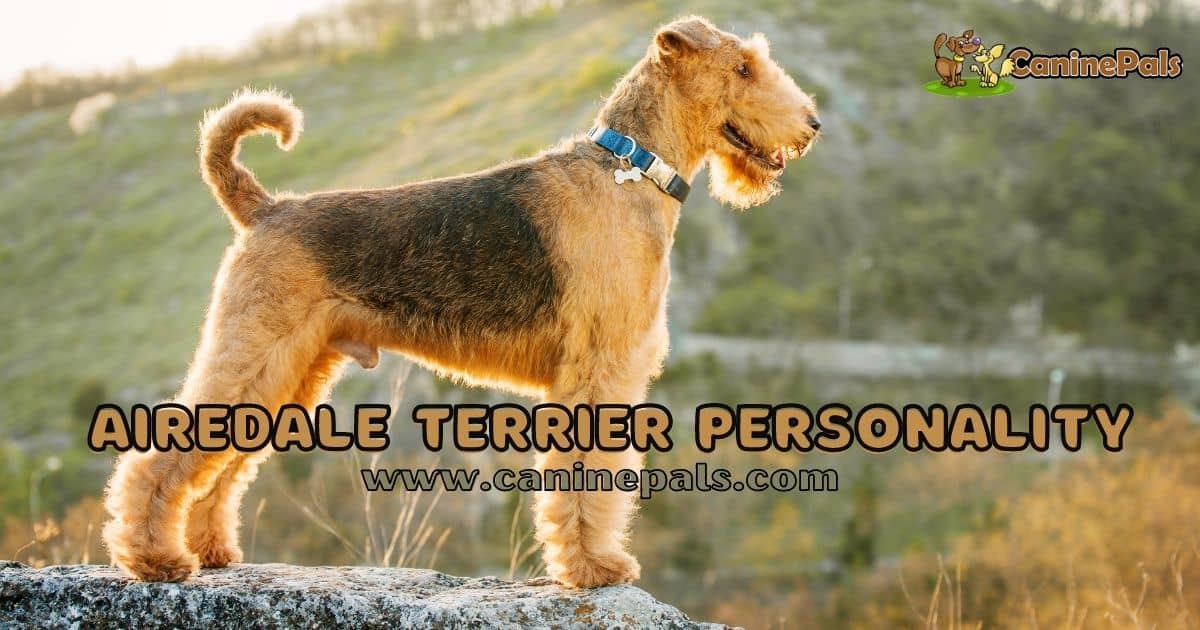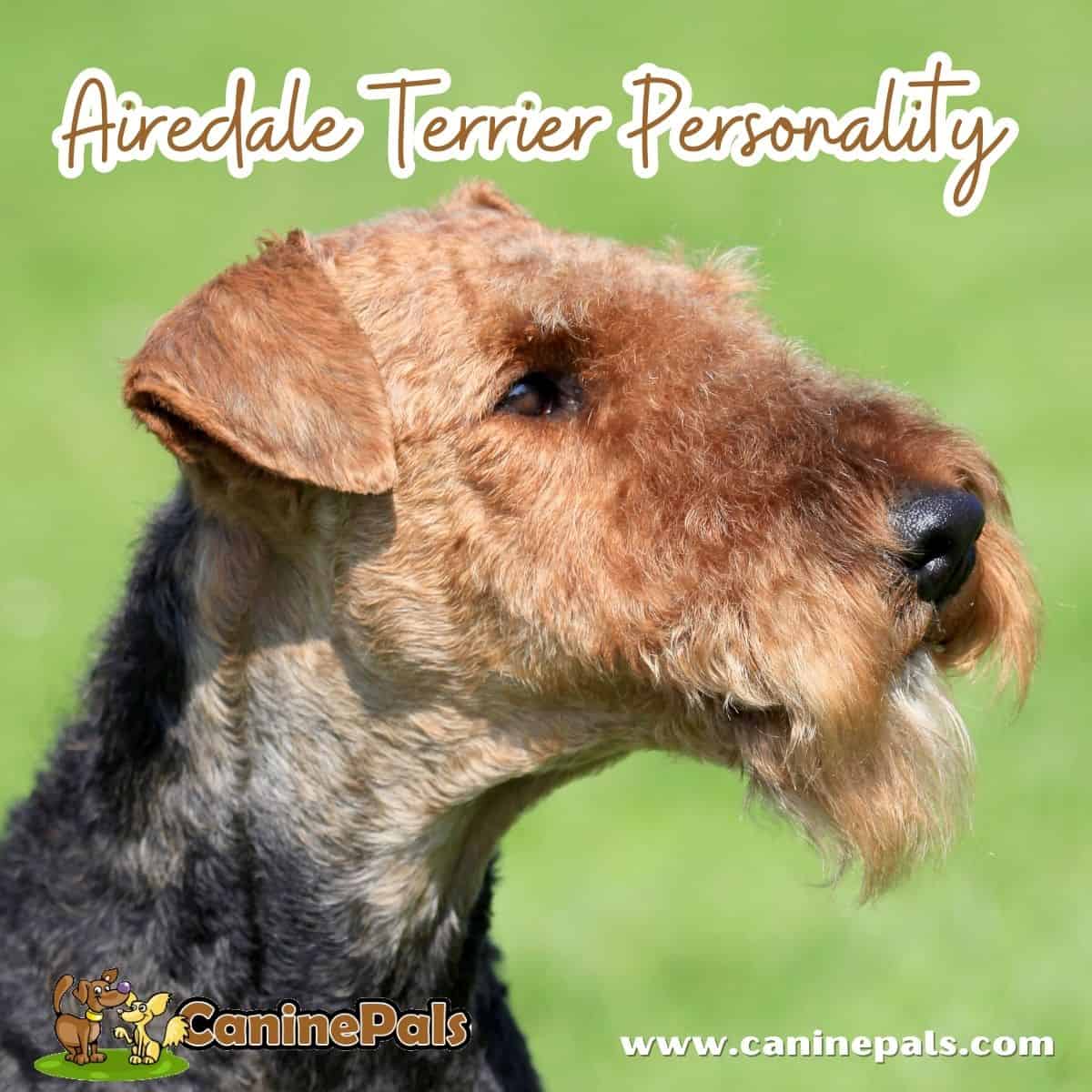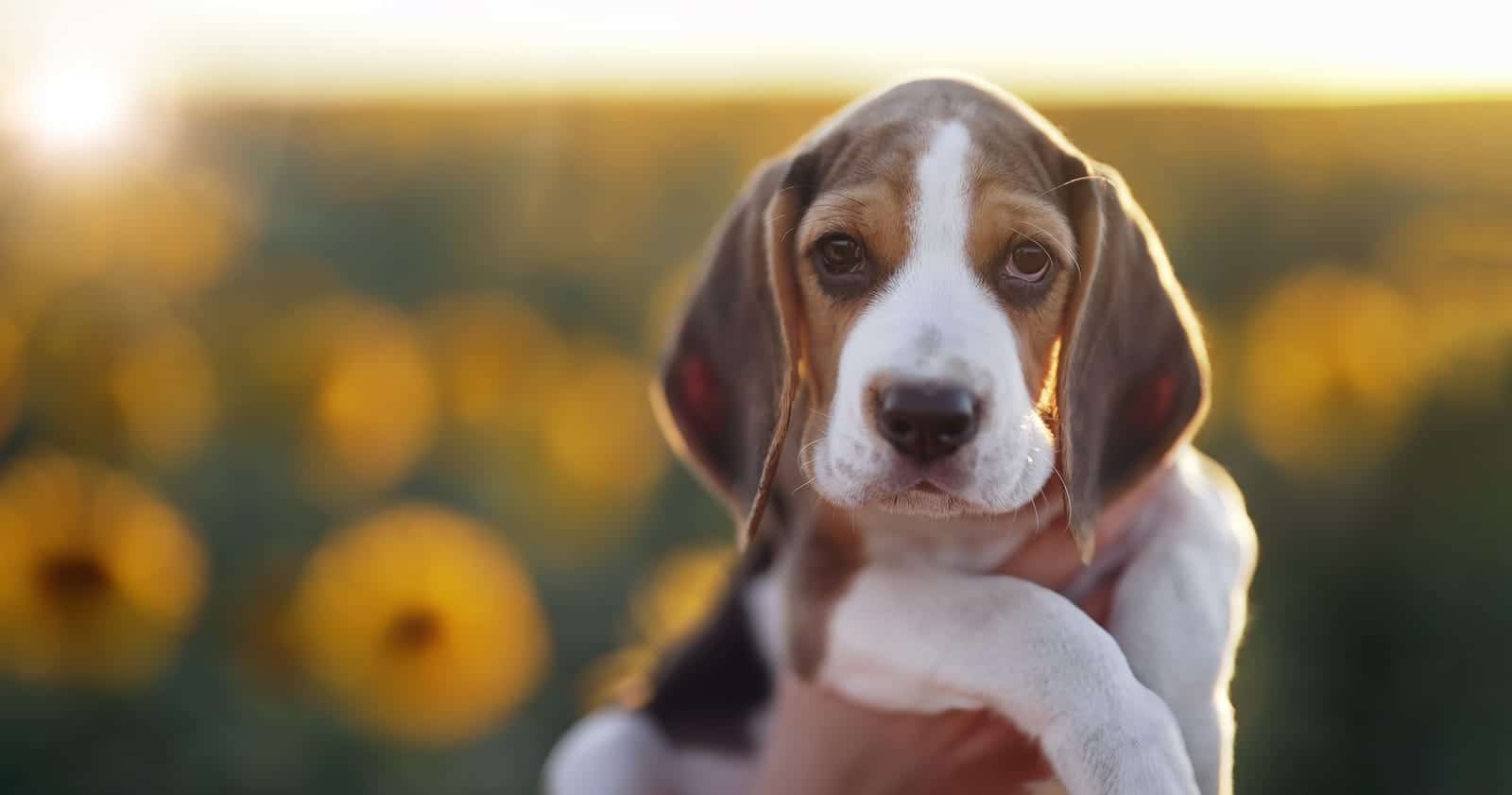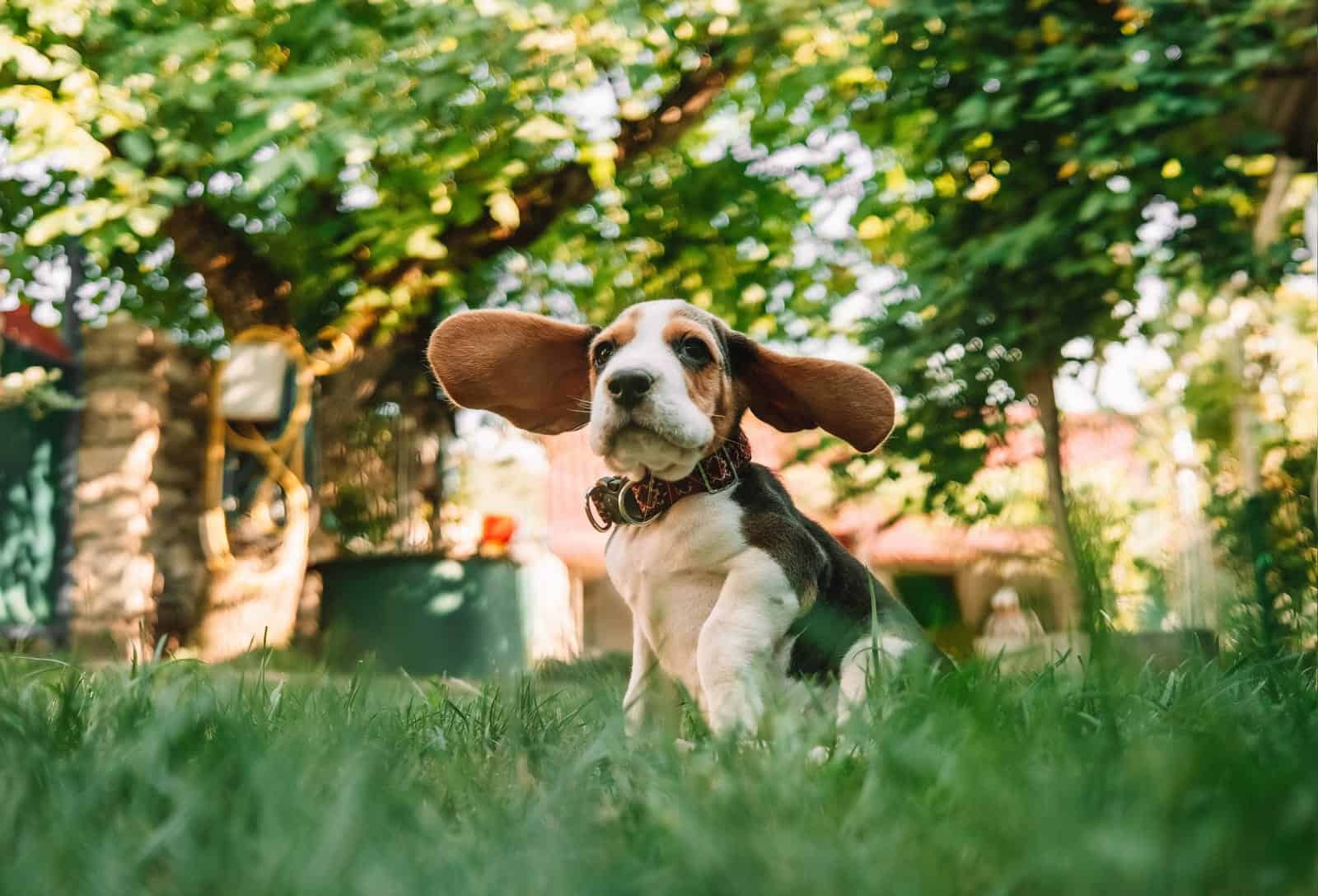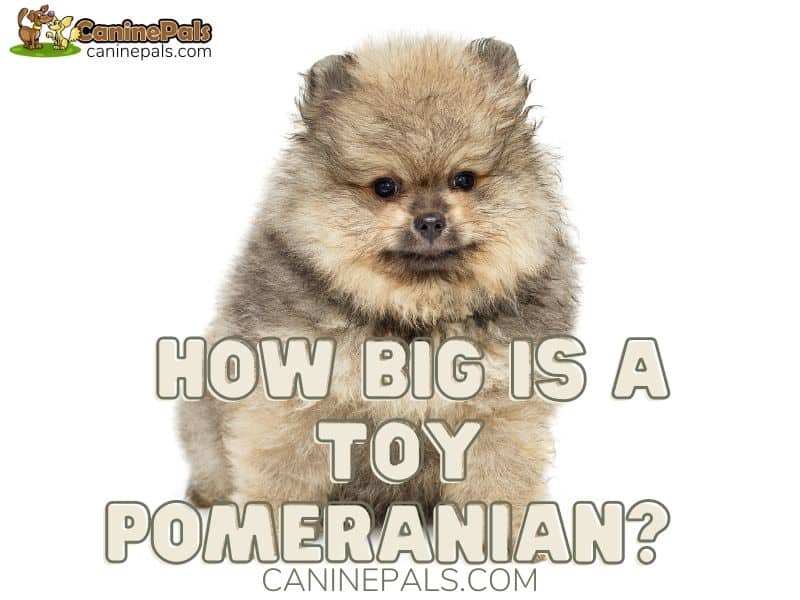Get the facts on Pomeranian service dogs and why they make an ideal companion! Learn how training a Pomeranian to become a service dog can help you.
As someone who adores dogs, I recognize service animals’ vital role in our community. Pomeranian service dogs are specially trained to perform tasks that help people with disabilities, and they make a significant difference in their owners’ lives.
One breed that is gaining popularity as a service dog is the Pomeranian. Many people assume that Pomeranians are too small to be service dogs, but that’s not the case. These dogs are intelligent, loyal, and trainable and can be trained to perform various tasks.
Pomeranians are adaptable creatures that can be trained for service, therapy, and emotional support roles. Their inherent loyalty, alertness, and intuitive nature make them capable of assisting and uplifting their owners.
Individuals with mental or physical challenges, such as PTSD, anxiety, or diabetes, have found comfort and aid through having a Pomeranian as a service or support companion.
Pomeranians are particularly good at helping people with psychiatric disorders like anxiety and depression. They can also be trained as medical support dogs to sense seizures and notify their owners of declining blood sugar levels. If you’re considering a Pomeranian as a service dog, there are a few things you need to know.
In this article, we’ll answer some frequently asked questions about Pomeranian service dogs and explore the benefits of having one. We’ll also examine the training process and the tasks Pomeranians can perform. So, let’s dive in and learn more about these amazing dogs.
Key Takeaways
- Pomeranians can be trained to be service dogs.
- They are particularly good at helping people with psychiatric disorders.
- Pomeranians can be trained to detect seizures and alert their owners if their blood sugar levels drop too low.
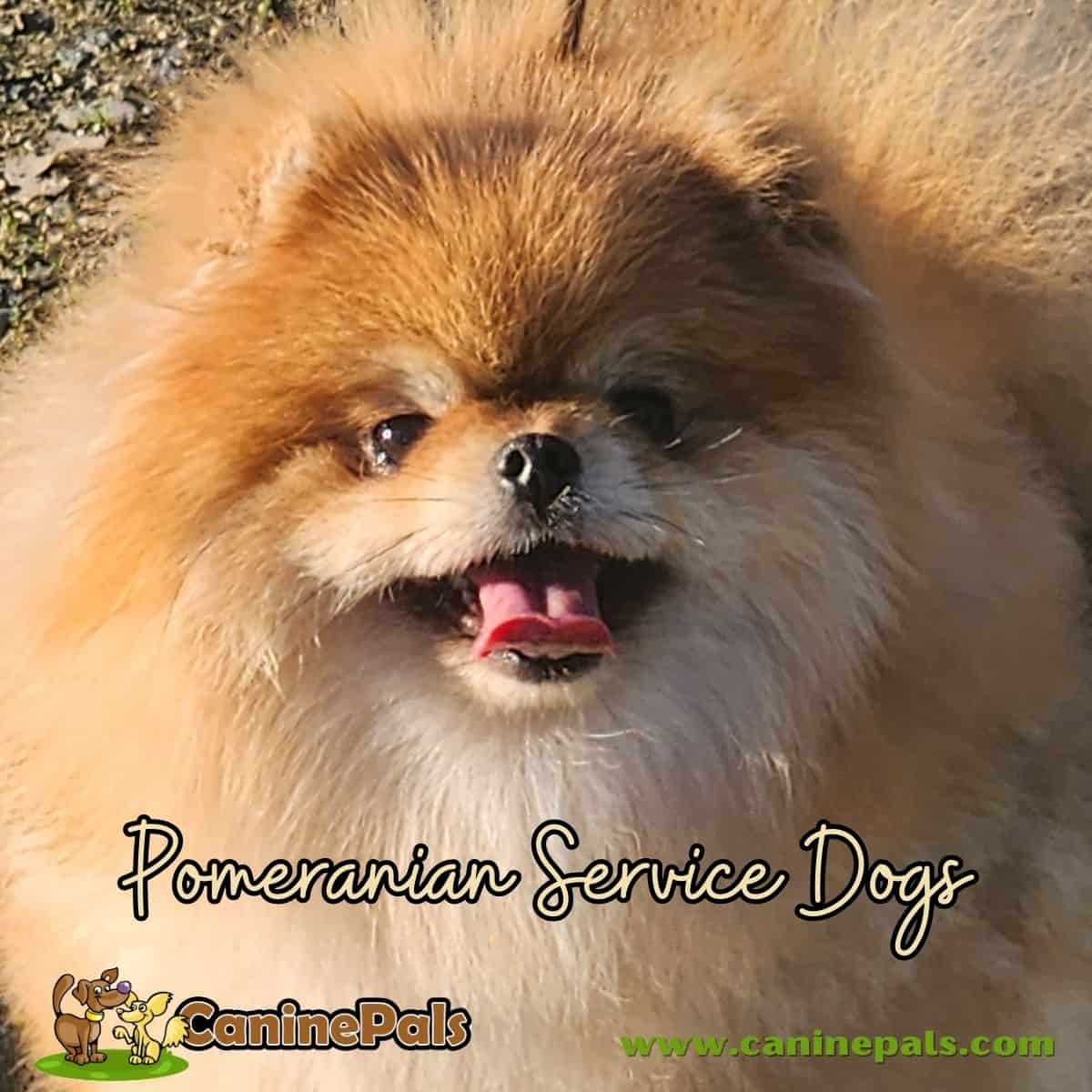
Can a Pomeranian Be a Service Dog?
As a Pomeranian owner, I can confidently say that Pomeranians can be excellent service dogs. Despite their small size, they are intelligent, loyal, and affectionate companions. However, it’s important to note that not all Pomeranians are suitable as service dogs.
Pomeranians can be trained to perform specific tasks to assist individuals with disabilities. While they may not be able to provide physical support like larger breeds, they can still offer valuable services such as alerting their owners to sounds, retrieving items, and providing emotional support. Training is crucial for any service dog, and Pomeranians are no exception.
While not as commonly associated with service roles as larger breeds like Golden Retrievers, Labrador Retrievers, or German Shepherd dogs, Pomeranians have proven excellent service dogs in specific contexts, particularly as medical alert dogs and for individuals with mental disabilities.
Unlike traditional service dog breeds such as Bernese Mountain Dogs, Great Danes, or Border Collies, Pomeranians are small service dogs. This makes them particularly suited for roles where their smaller size is advantageous, such as alerting to medical conditions or providing comfort in public places.
Though larger dogs have historically dominated roles like guide dogs and hearing dogs, Pomeranians have emerged as one of the best service dogs for those requiring support with less physically demanding tasks, such as alerting to panic attacks or serving as great therapy dogs.
Their smaller breed size makes them ideal for individuals living in smaller spaces or for those who find the size and strength of larger dogs like the American Staffordshire Terrier challenging.
Pomeranians are known for their alertness and sensitivity to their owners’ needs, making them excellent medical alert dogs. This intelligent breed can be trained to detect changes in their owner’s condition and alert them or others to assistance. This capability is particularly valuable for individuals with medical conditions that can lead to sudden episodes requiring immediate attention.
Furthermore, Pomeranians excel as companions for individuals with mental disabilities, offering emotional support and a sense of security that can significantly enhance the quality of life for their owners. Their presence can provide a calming effect, helping to mitigate the impact of conditions such as anxiety or depression.
Despite their small size, Pomeranians have a big heart and an eagerness to please, which makes them good service dogs. They can learn and perform various tasks to assist their owners, showcasing that service dogs only sometimes have to come in large packages. Their adaptability and ability to perform in public places make them a versatile choice for individuals seeking a service dog that can easily integrate into various social settings.
While breeds like Golden Retrievers, Labrador Retrievers, and German Shepherds are often recognized as the quintessential service dog breeds, Pomeranians offer unique qualities that make them great therapy dogs and invaluable companions for those with specific needs. Their role as small service dogs highlights the diverse nature of service dog work and the importance of matching the right dog to the specific needs of their handler.
They are smart and easy to train, making them a great choice for service dog work. However, working with a professional trainer with experience with small breeds is important to ensure your Pomeranian is well-behaved in public situations.
One of the benefits of having a Pomeranian as a service dog is its size. Small dogs can fit comfortably on airplanes and in other public spaces. Additionally, they are well-behaved and obedient, making them reliable companions for those in need.
Pomeranians can be excellent service dogs for individuals with specific needs. However, it’s important to remember that not all Pomeranians are suitable for this type of work. With proper training and care, a Pomeranian can be a loyal and devoted companion, offering valuable assistance to those in need.

Can a Pomeranian Be a Service Dog for Anxiety?
As a dog owner and writer who has researched service dogs extensively, I can confidently say that Pomeranians can be trained to become service dogs for anxiety. Although small, They have proven valuable service animals for individuals with psychiatric disorders such as anxiety, PTSD, and autism.
One of the key benefits of having a Pomeranian as a service dog for anxiety is their ability to detect and alert their owners of incoming anxiety attacks. These dogs can sense changes in their owners‘ breathing, heart rate, and other physiological symptoms and provide comfort and support when needed.
It is important to note that not all Pomeranians are suitable for service dog training. Dogs that are too timid or aggressive may be unable to handle the stresses of service dog work. However, with proper socialization and training, Pomeranians can be certified as service dogs for anxiety and other disabilities.
While their small size may seem a disadvantage, Pomeranians can make excellent service dogs for anxiety and other psychiatric disorders. They can detect changes in their owners’ physical and emotional states and provide invaluable support and assistance to those in need.
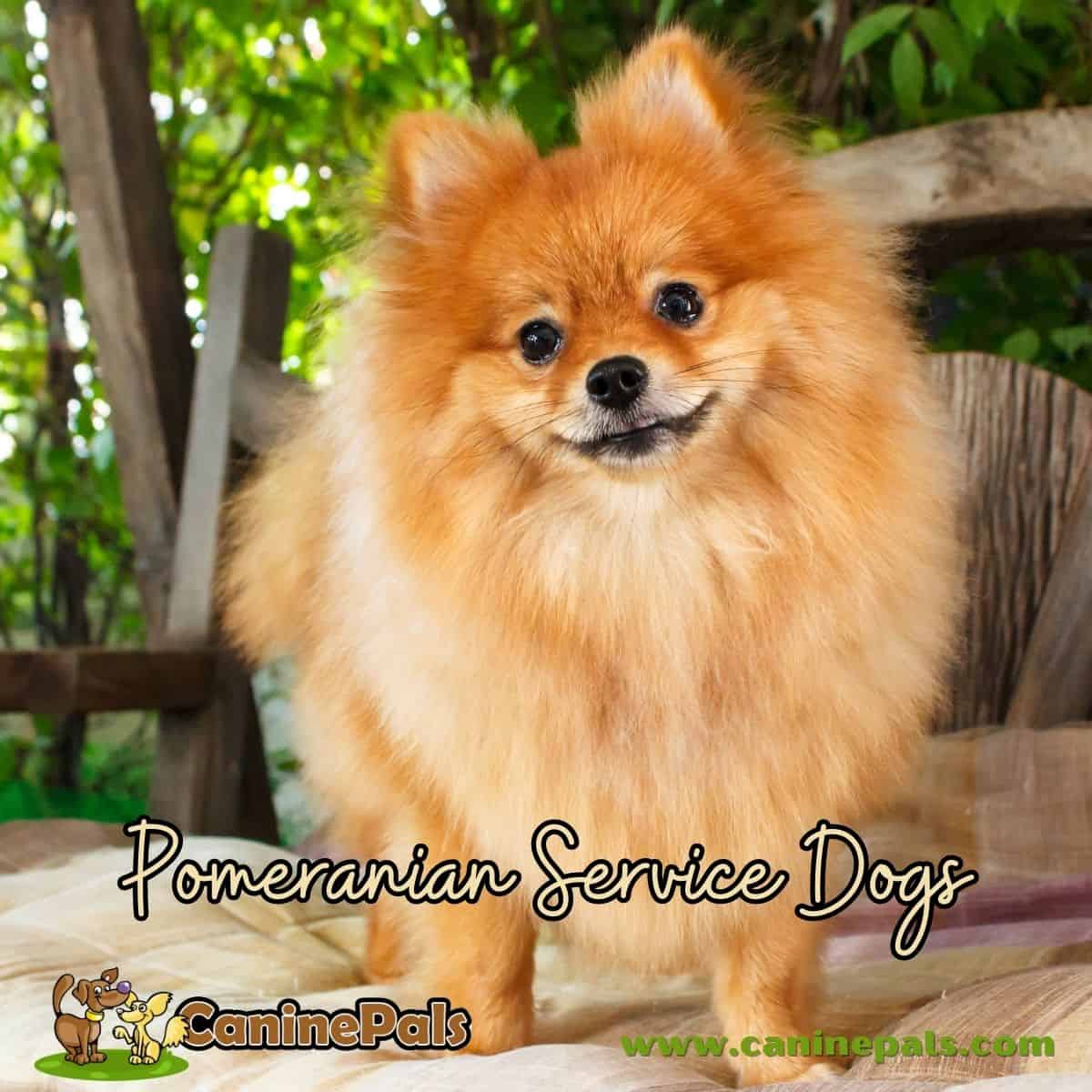
What is the difference Between an Emotional Support Dog and a Pomeranian Service Dog?
Here are the distinctions between service dogs and emotional support dogs:
- Emotional support dogs provide solace to individuals with mental health issues, whereas service dogs carry out tasks and functions their disabled owners cannot.
- While service dogs require specific training, emotional support dogs don’t undergo the same rigorous training.
- Unlike service dogs, which can accompany their owners anywhere, emotional support dogs have limitations on where they can go.
The Pomeranian Emotional Support Dog
With their petite stature and affectionate demeanor, Pomeranians are ideal candidates for emotional support and therapy roles. Their lightweight and compact size eliminates transportation hassles, making it convenient to carry them in a purse or bag.
The gentle touch of a Pomeranian’s cold nose can be a beacon of comfort. These little companions can uplift your mood and offer emotional sustenance throughout your daily activities. Snuggling with a Pomeranian can be the perfect antidote for gloomy days.
Pomeranians have a knack for brightening their owner’s mood and bringing joy. They can be especially beneficial for individuals battling mental health challenges. However, owners must train their Poms to ensure they behave appropriately in public, regardless of the circumstances.
While the Americans with Disabilities Act (ADA) states that emotional support dogs don’t require formal registration, some owners choose to register their Pomeranians. Such a step can be advantageous in scenarios like airline travel or seeking accommodation in places that typically don’t allow pets.
Can a Pomeranian Be a Therapy Dog?
The Pom is a sharp-witted and trainable breed. Their blend of intellect and charm suits them perfectly for therapy roles.
Therapy dogs offer warmth and compassion to individuals in institutional settings or those needing visits to cope with physical or emotional challenges. They stand apart from service dogs and emotional support animals.
Therapy dogs have a special duty: to deliver solace and therapeutic interaction to people other than their owners. They commonly visit hospitals, schools, hospices, and elder care facilities.
The profound comfort that these lively, petite canines can convey is astonishing. This compact breed can be a tremendous asset for people grappling with particular mental health challenges.
Pomeranians can be soothing in stress-inducing situations, offer solace to the bereaved or isolated, and bring joy to patients in hospitals or nursing homes.
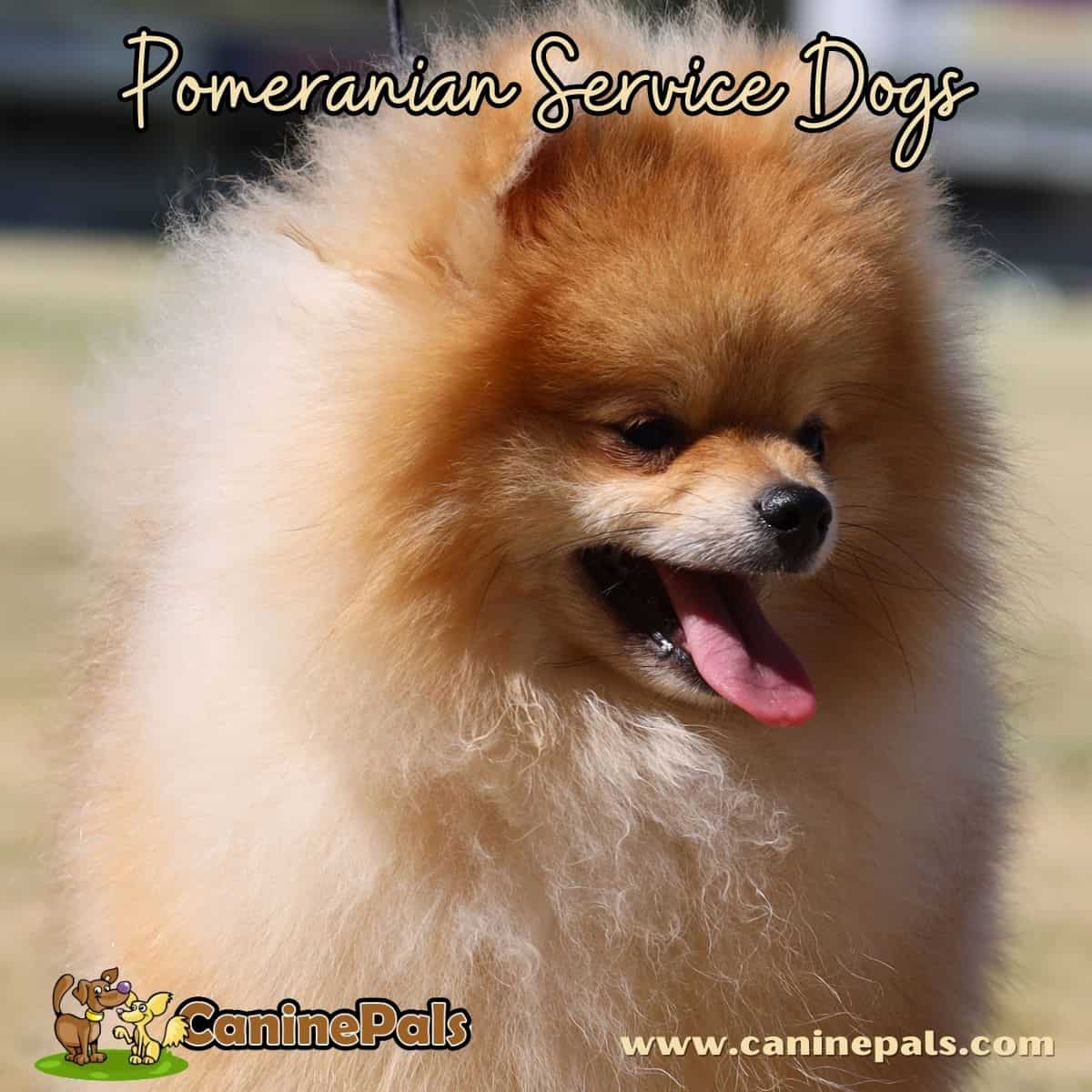
Frequently Asked Questions
Can a Pomeranian be a service dog for anxiety?
Yes, Pomeranians can be trained as service dogs for anxiety. They are known for their loyalty and devotion to their owners, which makes them excellent candidates for this type of work. However, it’s important to note that not all Pomeranians will be suitable for this role, and a professional should do training.
Is a Pomeranian suitable as a psychiatric service dog?
Yes, Pomeranians can be trained as psychiatric service dogs. They can assist individuals with mental health conditions such as depression, anxiety, and post-traumatic stress disorder. They can provide emotional support, help with grounding techniques, and even interrupt self-harming behaviors.
Pomeranian emotional support dog?
Pomeranians make great emotional support dogs. They offer comfort and companionship to help with anxiety, depression, and other mental health conditions. It’s important to know that emotional support animals don’t have the same legal protections as service animals.
Are Pomeranians good for depression?
Yes, Pomeranians can be good for depression. They are affectionate and can provide comfort and companionship to their owners. However, it’s important to note that a Pomeranian should not be the sole treatment for depression. It’s important to seek professional help and use a combination of treatments.
What kind of service dog is a Pomeranian?
Pomeranians can also be trained as service dogs. They are small and can assist individuals with mobility, hearing impairments, and diabetes. However, not all Pomeranians will be suitable for this type of work, and a professional should do training.
Are Pomeranians known for separation anxiety?
Yes, Pomeranians are known for separation anxiety. They are very loyal and can become distressed when separated from their owners. It’s important to train them to be comfortable alone and provide plenty of physical and mental stimulation when you are away.
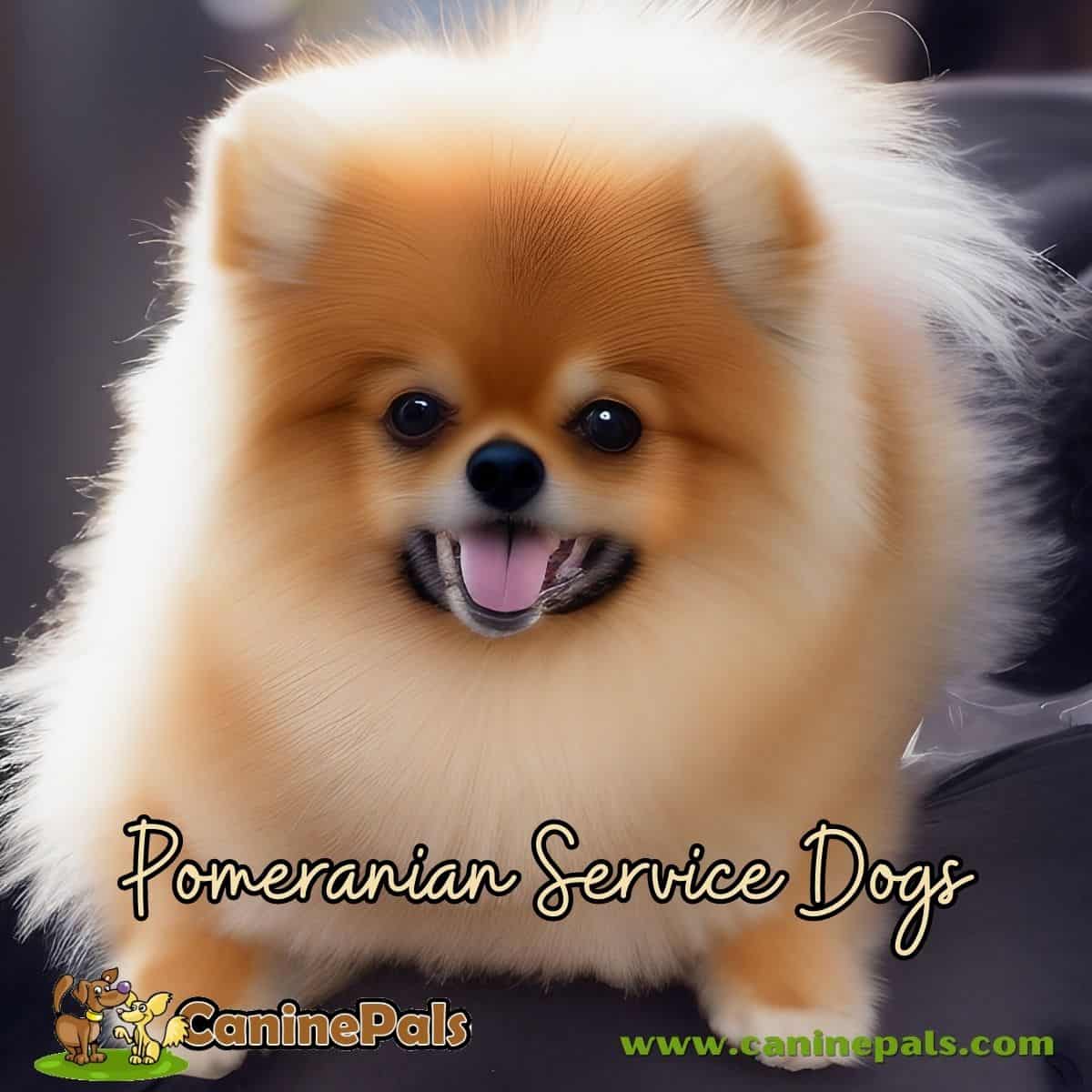
Pomeranian Service Dog Conclusion
In the diverse world of service dogs, where Great Danes and other large breeds have traditionally dominated the scene as gentle giants performing complex tasks, Pomeranians emerge as an excellent choice, particularly for those dealing with conditions like anxiety disorders, panic attacks, and the need for diabetic alert dogs.
Despite their smaller size and fluffy coats, Pomeranians are just as capable of performing important tasks. They undergo extensive training to become great service dogs. Their affectionate nature and ability to form strong bonds with their handlers make them great emotional support dogs and effective in roles such as seizure alert dogs and medical alert dogs for conditions like low blood sugar.
Service dog organizations and mental health professionals are taking a closer look at the capabilities of smaller breeds like the Pomeranian, recognizing their potential in various service dog roles. The American Kennel Club and local governments, alongside federal law, support full public access rights for service dogs, which includes smaller breeds, allowing them to accompany their handlers in public areas, on public transportation, and in other situations where larger service dogs might face more challenges.
The important roles that different types of service dogs play must be balanced. From mobility assistance and alerting to harmful behaviors or natural disasters to providing comfort during an anxiety attack, the variety of tasks that service dogs perform is vast. With their excellent service animal potential, Pomeranians are the best choice for those needing a smaller dog capable of specific breeds’ tasks. Their training program ensures they’re prepared for public access and capable of handling the demands of assisting with mobility issues, alerting them to medical conditions, and more.
While larger service dogs like police dogs or larger breeds specializing in mobility service may have a more visible presence, dogs of smaller sizes, including dog breeds like the Cavalier King Charles Spaniel, Lhasa Apso, and Pomeranians, serve important roles in improving the lives of their human companions. Their selection should be based on temperament tests, ensuring they’re a good choice for the handler’s needs.
In conclusion, Pomeranians, with their strong capability for performing small tasks and providing great emotional support, adaptability, and full public access rights, make them great candidates for many looking for a service dog. Their small breed offers unique benefits, making them an excellent choice for service dog work in the United States.
Whether assisting with mobility issues, providing alerts for medical conditions, or offering comfort during moments of distress, Pomeranians exemplify how service dogs come in all sizes, each capable of forming a strong bond and significantly impacting the lives of their handlers.
Copyright CaninePals.Com. All Rights Reserved.
References and Further Reading:
- Official Standard of the Pomeranian (AKC). American Kennel Club, 2011.
- Official English Kennel Club Pomeranian Breed Standard, 2017.
- Kimbering Pomeranians “1891-1991”.
- Denise Leo, The Pomeranian Handbook.
- L.Ives, Show Pomeranians.
- L.Ziegler Spirer & H.F. Spirer, This is the Pomeranian.
- FEDERATION CYNOLOGIQUE INTERNATIONALE (FCI) German Spitz, including Keeshond and Pomeranian Breed Standards. PDF file.
The Pomeranian Handbook by Denise Leo
